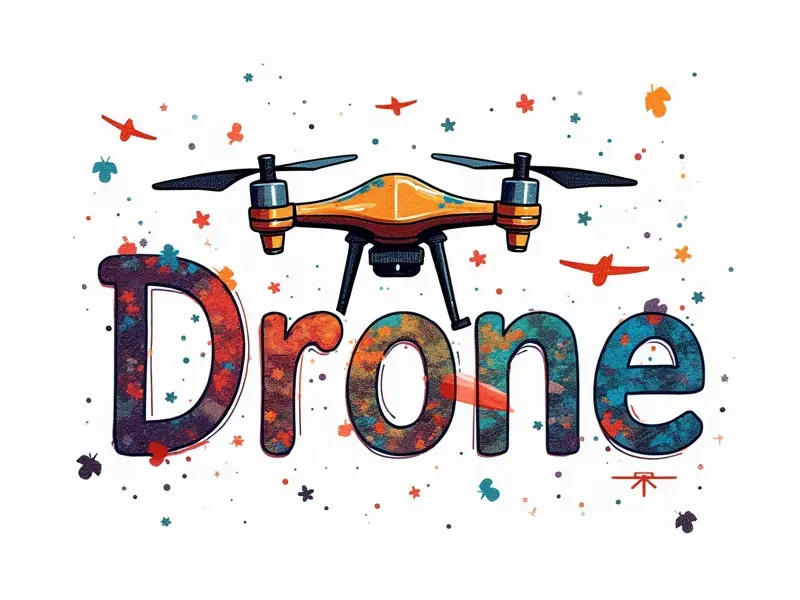How does DJI drone fly?

How Does a DJI Drone Work?
DJI drones are renowned for their advanced technology and user-friendly features, making them a favorite among hobbyists and professionals alike. To understand how these marvels of engineering take to the skies, we need to delve into the intricacies of their flight mechanics.
Inside DJI Drone Flight Technology
DJI drones are equipped with cutting-edge technology that includes high-resolution cameras, GPS navigation systems, and sophisticated autopilot features. These components work in tandem to provide users with an unparalleled flying experience. The heart of every DJI drone is its flight controller, which manages all critical functions such as altitude control, orientation stabilization, and speed regulation.
Understanding DJI Drone Autopilot
The autopilot system within DJI drones allows for automated flight operations, including waypoint navigation, follow-me mode, and intelligent tracking. This feature not only simplifies the flying process but also enhances safety by reducing human error. The drone's onboard computer processes real-time data from various sensors to maintain stability and perform complex maneuvers.
Exploring DJI Drone Propulsion Systems
DJI drones typically employ quadcopter or octocopter configurations, utilizing multiple rotors for lift and thrust. Each motor is paired with a propeller that generates upward force when spinning at high speeds. The propulsion system ensures efficient energy usage while providing the necessary power to achieve optimal flight performance.
Mastering DJI Drone Control Features
The control interface of a DJI drone offers an array of customizable settings and controls, enabling users to fine-tune their flying experience. From adjusting gimbal angles to setting speed limits, these features empower pilots to optimize their drones for specific tasks or environments.
The Science Behind DJI Drone Flight
Understanding the physics behind drone flight is crucial to appreciating how DJI drones operate. Aerodynamics play a significant role in determining lift and thrust ratios, while principles of torque and angular momentum govern yaw, pitch, and roll movements. By harnessing these scientific concepts, DJI engineers have created drones that are both agile and stable.
Unveiling DJI Drone GPS Capabilities
The Global Positioning System (GPS) is integral to the functionality of DJI drones. It provides real-time location data, enabling precise navigation and positioning. The drone's onboard GPS module receives signals from satellites to calculate its position and altitude accurately.
How Does a DJI Drone Take Flight?
The process of launching a DJI drone involves several steps. First, the pilot powers on the device and initializes all systems through the remote controller or mobile app interface. Once connected, the drone performs a pre-flight safety check to ensure all components are functioning correctly. Upon receiving confirmation, the rotors begin spinning, gradually increasing in speed until lift-off occurs.
Secrets of DJI Drone Flight Mechanics
The mechanics behind DJI drone flight involve intricate interplay between various subsystems such as the flight controller, motor drivers, and sensor arrays. These components work together seamlessly to maintain stability during flight and execute precise maneuvers commanded by the pilot.
Understanding DJI Drone Lift & Thrust
Lift generation in DJI drones is achieved through the interaction between propellers and air currents. The upward force created counteracts gravity, allowing the drone to ascend into the sky. Thrust, on the other hand, refers to the forward motion generated by propeller rotation.
Mastering DJI Drone Yaw, Pitch, Roll
DJI drones utilize sophisticated control algorithms to manage yaw (rotation around vertical axis), pitch (forward/backward tilt), and roll (side-to-side tilt) movements. These maneuvers are essential for navigating through complex environments and capturing dynamic footage.
Conclusion
In summary, DJI drones represent a pinnacle of innovation in the field of unmanned aerial vehicles. By integrating advanced flight technology, robust autopilot systems, efficient propulsion mechanisms, and intuitive control features, these devices offer unparalleled performance and versatility. Whether you're a hobbyist seeking adventure or a professional looking to capture stunning visuals, understanding the intricacies of DJI drone operation will undoubtedly enhance your flying experience.

